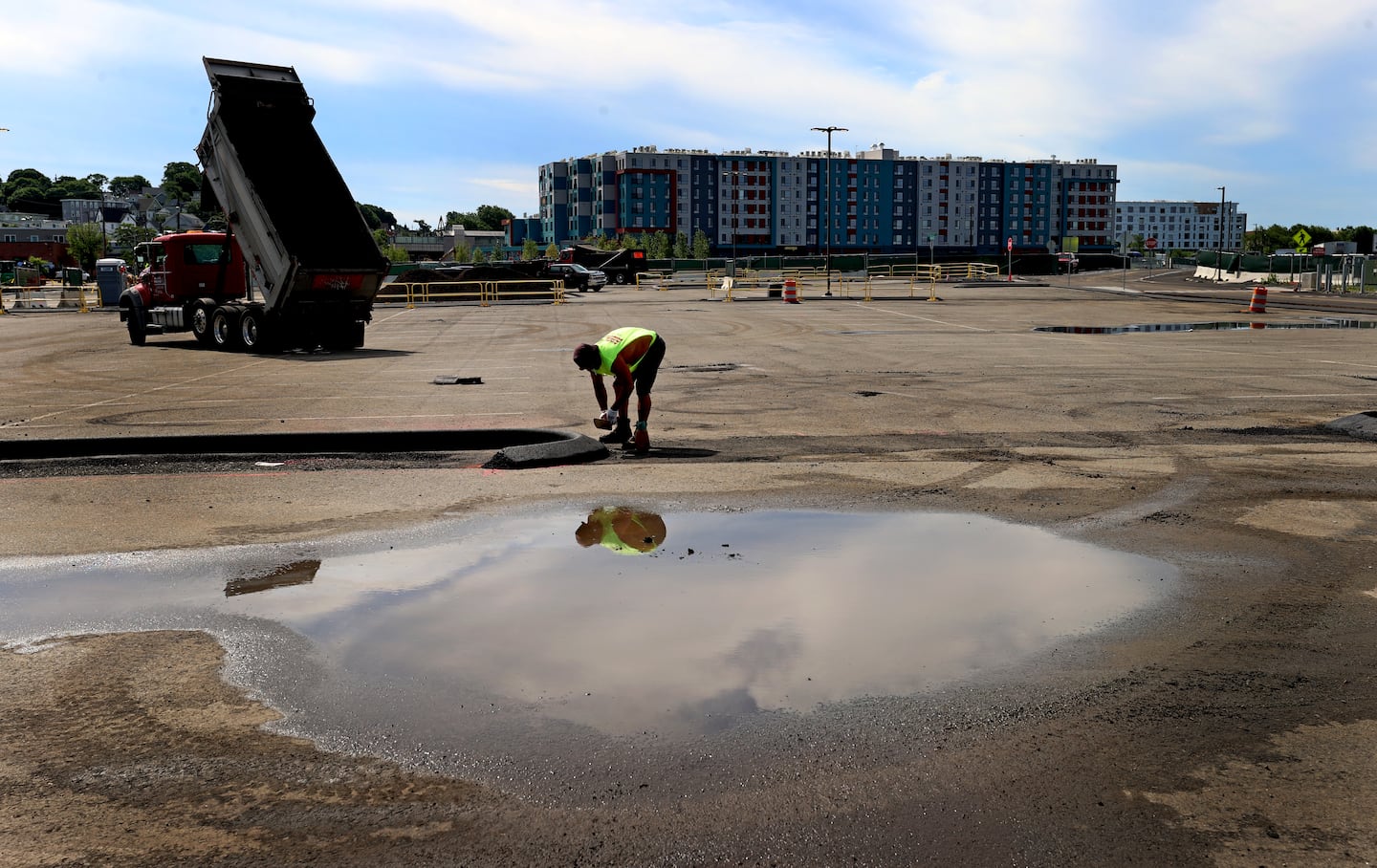Breaking: Governor Healey Launches Rapid Housing Overhaul, Slashes Green Tape

In a bold move to accelerate housing development, Governor Maura Healey's administration announced sweeping environmental regulatory reforms on Tuesday. The new initiative aims to streamline project approvals and expedite construction, addressing Massachusetts' critical housing shortage with innovative policy changes.
By cutting through bureaucratic red tape, the Healey Administration seeks to reduce delays and make it easier for developers to break ground on new housing projects. The proposed reforms target existing environmental regulations that have traditionally slowed down construction timelines, signaling a proactive approach to solving the state's housing challenges.
These strategic changes reflect the administration's commitment to balancing environmental protection with the urgent need for housing development. By creating a more efficient approval process, Massachusetts hopes to unlock potential housing opportunities and provide more affordable living options for residents across the state.
The announcement underscores the administration's understanding that faster project approvals can help address housing affordability and availability, while still maintaining essential environmental safeguards.








